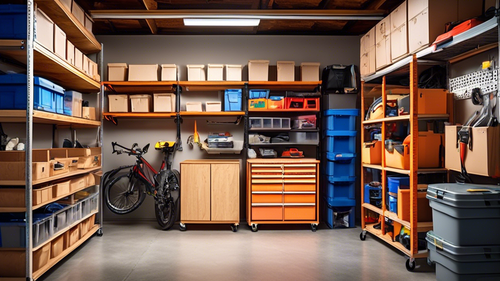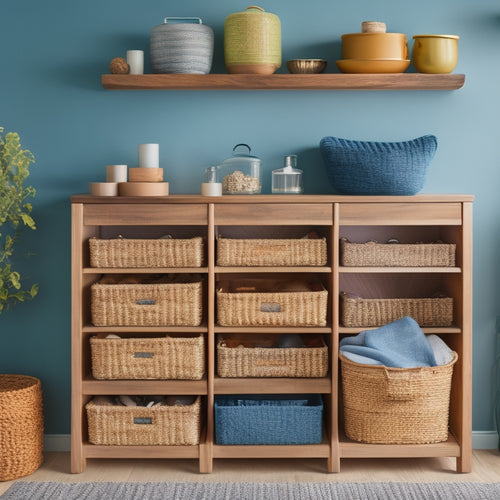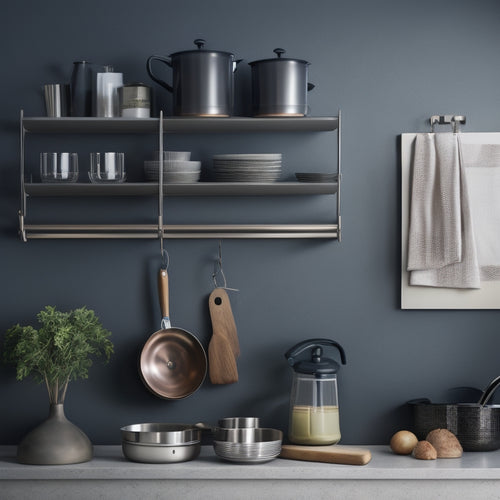
Revamp Your Hinges: Expert Repair Tips
Share
Revamping your hinges can be a cost-effective method to prolong the lifespan and functionality of your doors, cabinets, and other everyday items. By tightening loose screws, lubricating hinges, and adjusting hinge alignment, you can restore smooth operation and prevent additional damage. To guarantee successful repairs, having the appropriate tools is crucial, such as a screwdriver set, lubricant, pliers, and a hammer. Regular inspection and maintenance can also assist in averting excessive wear and tear. By adhering to these expert tips and techniques, you'll be well on your way to revamping your hinges and unleashing their full potential.
Key Takeaways
• DIY hinge repair offers significant cost savings, extends lifespan, and allows customization and optimization for improved performance and aesthetics.
• Tighten loose screws, lubricate hinges, adjust hinge alignment, repair hinge knuckles, and replace damaged parts to fix common hinge issues.
• Ensure proper hinge alignment to prevent further damage, exercise caution when repairing hinge knuckles, and lubricate regularly to reduce friction and wear.
• Essential tools for DIY hinge repair include a screwdriver set, lubricant, pliers, and a hammer, along with a regular maintenance routine and inspection for wear and tear.
• Regular cleaning and avoiding excessive force on hinges can help maintain functionality and prolong lifespan.
Benefits of DIY Repair
By opting for DIY hinge repair, homeowners can reap a multitude of benefits, including significant cost savings, extended hinge lifespan, and the freedom to customize and enhance functionality to suit their specific needs.
One of the primary advantages of DIY repair is the potential for substantial cost savings. By taking matters into their own hands, homeowners can avoid the expense of hiring a professional, which can be particularly beneficial for those on a budget.
Additionally, DIY repair offers a range of customization options, allowing homeowners to tailor their hinges to meet their unique requirements. This flexibility enables homeowners to optimize their hinges for improved performance, durability, and aesthetics.
Common Repair Techniques
Five common repair techniques can be employed to revitalize worn-out or damaged hinges, including tightening loose screws, lubricating hinges, adjusting hinge alignment, repairing hinge knuckles, and replacing damaged hinge parts. These techniques can help restore smooth operation and extend the lifespan of your hinges.
Here are three key takeaways to keep in mind when implementing these repair techniques:
-
Hinge alignment is critical: Make sure that the hinges are properly aligned to prevent further damage and wear.
-
Knuckle repair requires caution: When repairing hinge knuckles, handle them gently to avoid causing additional damage.
-
Lubrication is necessary: Regularly lubricate your hinges to reduce friction and prevent wear.
Tools and Preventive Care
To ensure successful DIY hinge repair, it is vital to have the right tools and establish a regular maintenance routine to prevent future issues.
When it comes to equipment recommendations, a screwdriver set, lubricant, pliers, and a hammer are must-haves. These tools will enable you to tackle common repair techniques such as tightening loose screws and lubricating hinges.
Concerning maintenance essentials, regular inspection for wear and tear, cleaning hinges regularly, and applying lubricant as needed are essential. Additionally, avoiding excessive force on hinges and addressing issues promptly will help prevent future problems.
Frequently Asked Questions
Can I Repair Hinges on Antique or Vintage Doors and Furniture?
When repairing hinges on antique or vintage doors and furniture, employ gentle DIY techniques and preservation methods to maintain authenticity, consulting antique restoration experts if needed, and prioritize delicate handling to preserve historical integrity.
How Do I Fix Hinges That Are Rusted or Corroded Beyond Lubrication?
"When corroded hinges reach a state of utter disintegration, replacement becomes the only viable option; however, by incorporating regular maintenance tips, such as cleaning and lubricating, you can prevent rust and extend the lifespan of your hinges."
Are There Any Specific Hinge Repair Techniques for Heavy-Duty or Industrial Use?
For heavy-duty or industrial hinge applications, employ specialized repair techniques, such as heavy-duty maintenance using rust-resistant coatings and industrial restoration methods, including welding or replacing worn-out parts, to maximize performance and durability.
Can I Use DIY Hinge Repair Methods on Electronic or Smart Locks?
When it comes to electronic or smart locks, DIY hinge repair methods may not be applicable due to complex electronic components. Instead, focus on smart lock maintenance and consider electronic hinge upgrades through manufacturer-approved services or professional assistance.
Will DIY Hinge Repair Void the Warranty on My Doors or Furniture?
'Diligent DIYers beware: performing DIY hinge repairs may potentially nullify warranties on doors or furniture, sparking legal concerns; therefore, carefully review warranty terms and manufacturer guidelines to avoid voiding coverage.'
Related Posts
-

Garage Roof Storage: Options and Considerations
The Unseen Space Saver As a homeowner, I've always faced the dilemma of finding ample storage space without clutte...
-

Declutter Your Drawers: 10 Genius Storage Hacks
You can breathe new life into your cluttered drawers by implementing a few genius storage hacks. Start by maximizing ...
-

Corner Kitchen Utensil Storage Solutions
You're likely wasting up to one-third of your cabinet space in corner areas, but with the right storage solutions, yo...


